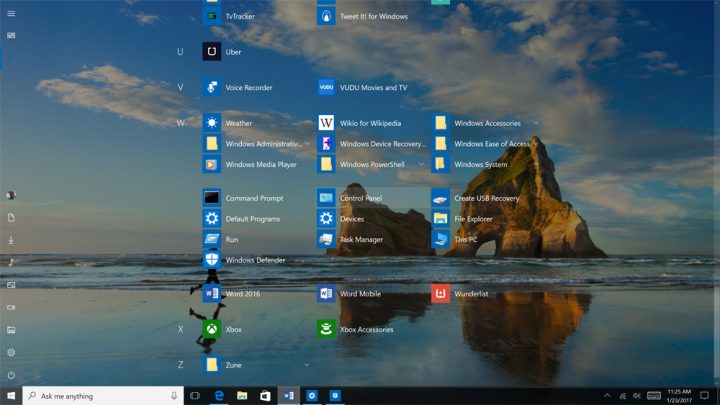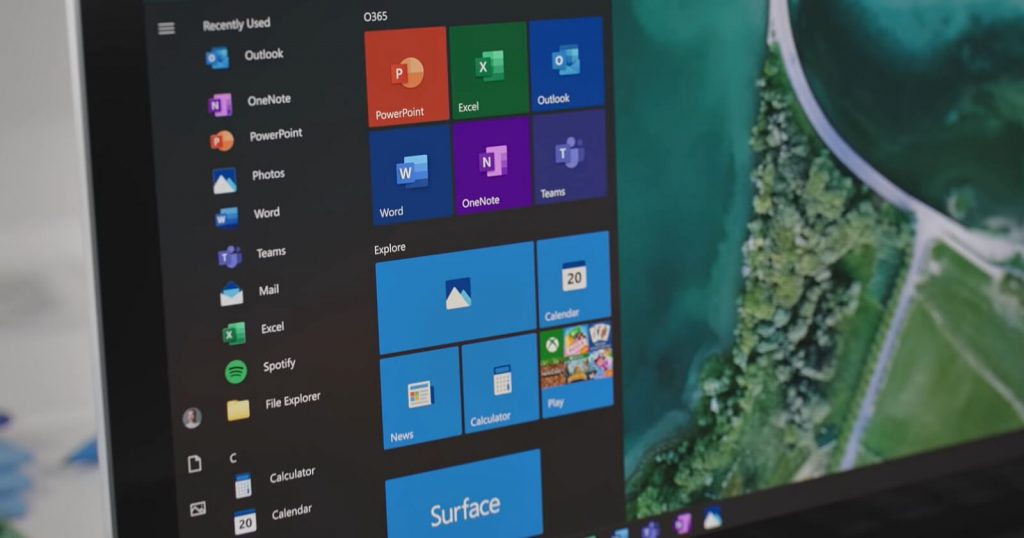ControlPanel is…
ControlPanel is a component of Microsoft Windows that provides the ability to view and change system settings. It consists of applets that include adding or removing hardware and software, controlling user accounts, changing accessibility options, and accessing networking settings. Third parties, such as audio and video drivers, VPN tools, input devices, and networking tools, provide additional applets.

The Control Panel is a set of many settings in Microsoft Windows where the user can perform many system settings such as hardware settings, system and security settings, network and internet settings, user account settings, etc. If you also want to know the importance of Control Panel in Windows, then in this article, we will give you detailed information about Control Panel.
What is a Control Panel
The Control Panel in Windows Control is paramount because the software is very useful for our computers and laptops. After all, it contains all the settings we can control the internal and external of the computer. Few people know the settings that are in the control panel. Therefore, this article will give you more information about Control Panel and what sets you can do.
Table of Contents
- What is a Control Panel
- Control Panel Functions
- Control Panel Features
- How to open Control Panel
- Conclusion
- Control Panel FAQ
- What is Control Panel? Explain its usefulness?
- How many types of control panels are there?
- How do I open the Control Panel using the keyboard?
What is a Control Panel
The Control Panel is a group of various programs available on Windows computers. That is used to change many settings on the computer, such as Time and Language Settings, Keyboard or Mouse Settings, System and Security Settings, User Account Settings, Hardware and Sound Settings, etc.
This option is available in Microsoft Windows, which has all the ways to control your software or system. With the help of the Control Panel functions, you can adjust and change the settings from the window.
Control Panel on a Computer: The Control Panel is a feature of the Windows operating system that allows users to control and change system settings.

1. Device Manager
Device Manager is used to connect internal hardware and computer software. For example, if you put a mouse on a computer, it’s hardware.
The functions that will be in your window will be with the software. The device manager does the work of connecting the two.
2. Devices and Printers
Like a Device Manager, it also connects hardware and software. The computer’s internal hardware can be related to the software in the Device Manager.
In addition, when connecting external hardware such as an external mouse, keyboard, printer, scanner, etc., you can see no issues in the settings. And you can do it right from here.
3. File Explorer options
With its help, you can set all the folders on your computer like you want to open a folder with a double click or a single click or open the folder in a new or similar window.
If you want to hide a folder or show it again, you can do it with the help of this option. With this option, you can also set up files on your computer. If you want to change the file extension, you can change the extension.
4. Display
You can increase or decrease the computer display size and play. The show can also be viewed by zooming in with the help of a magnifier. You’ll find more display settings than these on your computer’s home screen.
5. Fonts
If you do photo editing on a computer or use text to design. So you need to know about fonts.
You can see all the fonts on your computer. If you want to install a new font on your computer, you can do so with this option. And you can also remove it from the back.
6. Keyboard
Whatever character we write, we can increase or decrease the repetition speed. It doesn’t need a lot of changes to the keyboard
7. Mouse
The mouse is the most critical computer device. Without this, we cannot do computer work. On the mouse, you get the button configuration options.
With it, you can change the mouse button. That means left-clicking is right-clicking. And that right click works; he left. So, you need to click on Switch Primary and Secondary Buttons.
8. Internet Options
If you need internet on your computer, you must know this option—General Tab Options in Internet Options for Internet Explorer. You can set it in General Settings.
9. Language
In this setting, we can add many types of languages to the computer. Whatever Language you want to view on your computer, you must select a language by clicking Add Language. And you can add that Language.
10. Troubleshooting
With help, we can correct any errors in the window. As good as you are:
The tool is an older version used to work with older versions of Windows, but if you have installed a new window and the software is not working, you can run the software in Windows with the help of troubleshooting.
11. Systems Information
The computer configuration can be detected with this option. For example, which window is installed on your computer, how much GB of RAM is on your computer, and which processor it has, you will know from this option what the processor’s speed is.
12. Sound Settings
Any audio settings on the computer are done with the help of this option. Audio is recorded on the computer using a mic, so any settings need to be done with this option.
13. Programs and Features
All software installed on your computer appears in the Programs and Features options. And with this option, you can easily find out the size and version of the software. And you can also remove the software from your new computer.
14. Personalization Settings
With this option, you can change the theme and your computer wallpaper. In this, you can change the design of your computer and install new articles on your computer. And from here you can also change the color of the computer.
With the help of the control panel, you can do all this. You can also mention the features of the Control Panel in Windows or a Computer and the importance of the Control Panel in Windows.

Control Panel Features
- System and Security – You go to this section to check your computer Status, Backup and Restore, and more.
- • Network and Internet – Use this section to view network status.
- • Hardware and Sound – See what devices are on your computer and which are paired.
- • Programs – Use this section to check for applications installed on your computer.
- • User accounts – In this section, you can create a new user account or replace an existing one.
- • Appearance and Personalization – This section changes desktop options like fonts and screen reading.
- • Hours and Regions – Change the date and time.
- • Easy access – Customize display settings.
How to open Control Panel
Start Menu
To open the Control Panel, we need to double-click on the icon on the desktop, or you can also open it by typing ‘Control Panel’ in the search bar below and clicking on the ‘Open’ option provided on the right. Is.
Run Box
To open the Control Panel on your desktop or laptop, press the Win + R keys simultaneously on your keyboard, then enter Control and press the Enter key.
To open the Control Panel on your desktop or laptop, open a Command Prompt, enter Control, and press the Enter key.
Conclusion
Through today’s post, you have explained the importance of a control panel in Windows and know what a control panel is and what to use a control panel in Windows, or the function of a control panel. We hope the information provided by us will be helpful to you.
Control Panel FAQ
What is Control Panel? Explain its usefulness.
The Control Panel is a large group of programs that provide all the basic settings related to a computer, such as hardware and software settings, home settings, internet settings, user account settings, system and security account settings, network settings, and more.
How many types of control panels are there?
The control panel includes a virtual control panel, a remote control panel, and a physical control panel.
How do I open the Control Panel using the keyboard?
Press Windows Key + R, type Control, and then press Enter.











